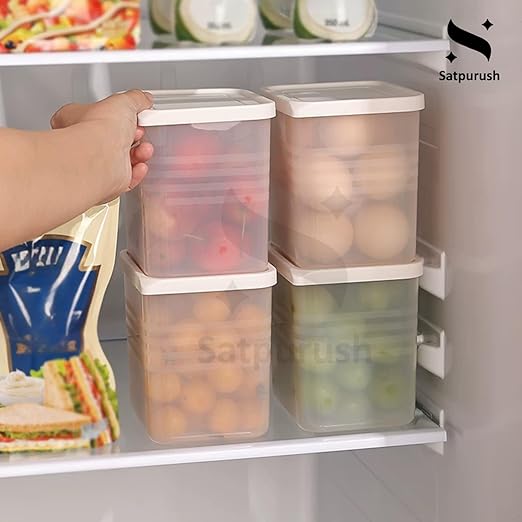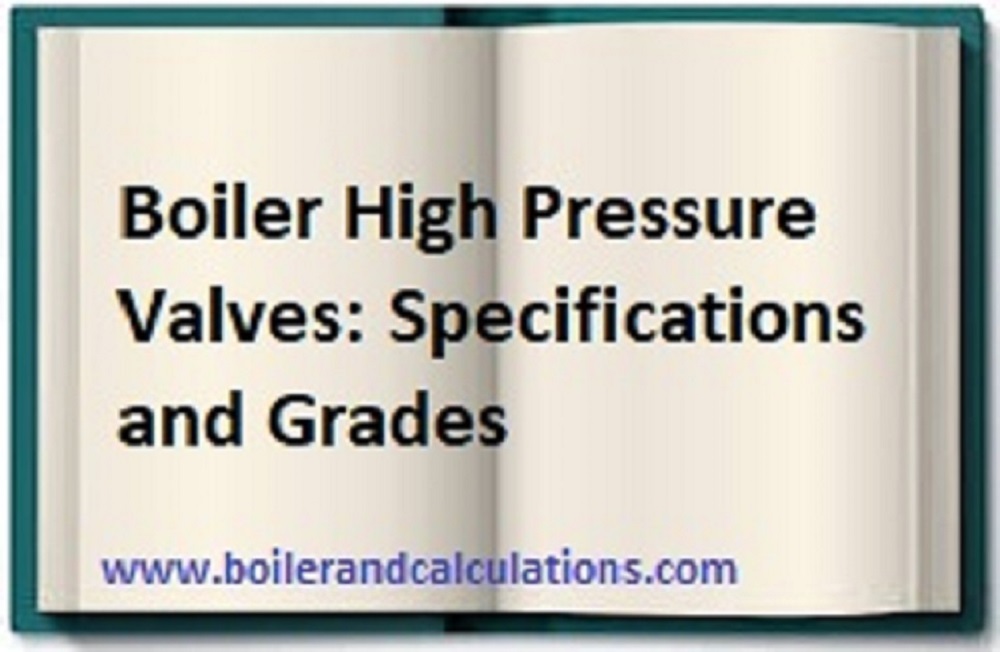knowing the specifications of high-pressure valves is absolutely critical in boiler and steam systems
Boilers are critical equipment in power plants, process industries, and steam generation systems. As boilers operate under high temperature and pressure, safety and reliability become top priorities. One of the most important components ensuring smooth and safe operation are high-pressure valves. These valves regulate, isolate, and protect the boiler system from over-pressurization and unsafe conditions.
What are High-Pressure Valves in Boilers?
High-pressure valves are specially designed valves that can withstand elevated pressures (1 bar to 200 bar and even more) and high steam temperatures (Up to 600 deg C). They are installed at critical points in the boiler and steam lines to:
- Regulate steam flow
- Isolate sections of the system
- Protect against overpressure
- Ensure safe start up and shutdown operations

What are the functions of High-Pressure valves or IBR valves?
- Pressure Control: Maintains safe operating pressure inside the boiler.
- Isolation: Helps in maintenance by shutting off sections of the boiler or steam line.
- Non-return Action: Ensures steam does not flow backward into the boiler, preventing accidents.
- Safety Protection: Prevents explosion by releasing excess steam during overpressure conditions.
- Flow Regulation: Controls steam flow to turbines, process plants, or heating systems.

Boiler high-pressure valves are vital safety and control devices that protect boilers, operators, and plants from catastrophic failures. Choosing the right type of valve, ensuring proper material selection, and following IBR/ASME regulations are crucial for reliability. Regular maintenance, inspection, and testing further guarantee safe and efficient operation.
What are the different types of valves used in Boilers??
Following are the major types of valves used in Boilers
- Safety valve
- Steam stop valve
- Non-return valve
- Blow down valves
- Gate valves
- Globe valves
- Pressure reducing valve
- Pressure control valve
- Pressure relief valves
- Air vent valves
- Drain valves
Boiler IBR valves specifications:
What is the importance of selection of proper grade valves in Boilers?
- Must match boiler pressure and temperature ratings.
- Prevents failure due to creep, corrosion, or fatigue.
- Ensures IBR inspector approval and legal compliance.
What is the design standards of valves?
Valves are designed as per ANSI B 16.34
What are the different grade valves used in Boilers and Power plants?

A-Carbon steel valves
ASTM A105-Forged carbon steel (commonly used for gate, globe, check valves).
ASTM A216 WCB -Cast carbon steel for moderate pressure valves.
B-Alloy steel
ASTM A182 F11 / F22 → Chromium-Molybdenum steels for high pressure/temperature.
ASTM A217 WC1, WC6, WC9 → Cast alloy steels for steam valves.
ASTM A182 F91 → For ultra-supercritical boiler applications.
C-Stainless Steel Grades
ASTM A182 F304 / F316 → Austenitic stainless steels.
ASTM A351 CF8 / CF8M → Cast stainless steel versions.
ASTM A182 F321 / F347 → Stabilized stainless steels for higher temperature resistance.
Cast Iron (CI) / Ductile Iron valves
Generally Cast Iron valvesnot permitted for IBR duty above 17.5 kg/cm² pressure or 220°C temperature.
High pressure IBR valves selection Guide/chart.
| SL No. | Valve class | Operating pressured in Kg/cm2 at normal temperature (30-40 deg C) | Operating pressured at maximum temperature |
| 1 | #150 | 20 | 13.8 (At 400 deg C) |
| 2 | #300 | 51.0 | 35 (At 400 deg C) |
| 3 | #600 | 102 | 70 (At 400 deg C) |
| 4 | #900 | 153 | 105 (At 400 deg C) and 62 (At 540 deg C) |
| 5 | #1500 | 255 | 176 (At 400 deg C) and 103 (At 540 deg C) |
| 6 | #2500 | 425 | 294 (At 400 deg C) and 176 (At 540 deg C) |
| Sl No. | Valve Grade | Operating Temperature in Deg C | Application |
| 1 | Carbon Steel -SA 216-WCB | 29°C to 425°C | Low & Medium Pressure Steam, Feedwater |
| 2 | Alloy Steel -SA-217-WC6 | –29°C to 540°C | High Pressure Steam, Superheater, HP/MP Lines |
| 3 | Alloy Steel -SA-217-WC9 | –29°C to 595°C C | Main Steam, Superheater, Reheater |
| 4 | Alloy Steel A182 F91 | 600-650 deg C | Supercritical / Ultra Supercritical Steam Lines |
| 5 | Stainless steel- A351 CF8 / CF8M | –29°C to 650°C | Feedwater, Condensate, Chemical Service |
Can IBR valves be used in negative temperatures?
Yes, all IBR valves including carbon and alloy steel can be used in negative temperature up to -29 deg C
What happens to the pressure range of valves if its operating temperature goes on increasing?
Its pressure withstanding capacity decreases.
What are the different grades of Carbon steel valves used in Boilers
- ASTM A105 – Forged carbon steel (commonly used for gate, globe, check valves).
- ASTM A216 WCB – Cast carbon steel for moderate pressure valves.
What are the different grades of Alloy steel valves used in Boilers?
- STM A182 F11 / F22 → Chromium-Molybdenum steels for high pressure/temperature.
- ASTM A217 WC1, WC6, WC9 → Cast alloy steels for steam valves.
- ASTM A182 F91 → For ultra-supercritical boiler applications.
What are the different grades of Stainless steel (SS) valves used in Boilers?
Generally, SS valves preferred for corrosion resistance and high purity steam/water service.
- ASTM A182 F304 / F316 → Austenitic stainless steels.
- ASTM A351 CF8 / CF8M → Cast stainless steel versions.
- ASTM A182 F321 / F347 → Stabilized stainless steels for higher temperature resistance.
How to choose the correct valve grade for a boiler?
- Identify pressure, temperature, and service medium.
- Refer to IBR-approved material lists.
- Consider corrosion resistance and thermal fatigue.
- Consult boiler manufacturer recommendations for valve types and grades.
Can cast iron valves be used in boilers?
Cast iron is generally not allowed for high-pressure or high-temperature IBR boilers. It may be used only in low-pressure, non-critical applications (below 17.5 kg/cm² and 220°C).
What are the specifications of forged steel valves?
- Body: A105/F11/F22/A 182 Gr. 304/F316/LF2/Duplex Bonnet:
- Gasket: Sp. Wound SS 304/ SS 316 with graphite/PTFE Filter.
- Gland Packing: Graphite.
- Plug: 13% Cr./ SS 304/ SS 316
- Seat: 13% Cr. SS 304/ SS 316/Satellite
- Stem: SS 410/ SS 304/ SS 316/Monel
- Gland Flange: SS 410/ SS 304/ SS 316/Monel.
- Yoke Sleeve: SS 410/ SS 304/ SS 316/Monel
- Hand wheel: Malleable Iron/ Cast steel.

What is the difference between gate valve and Globe valve?
Gate valves are meant for isolation of fluid from one zone to other, whereas Globe valves are for regulating and controlling the fluid
Read More>>>>>

